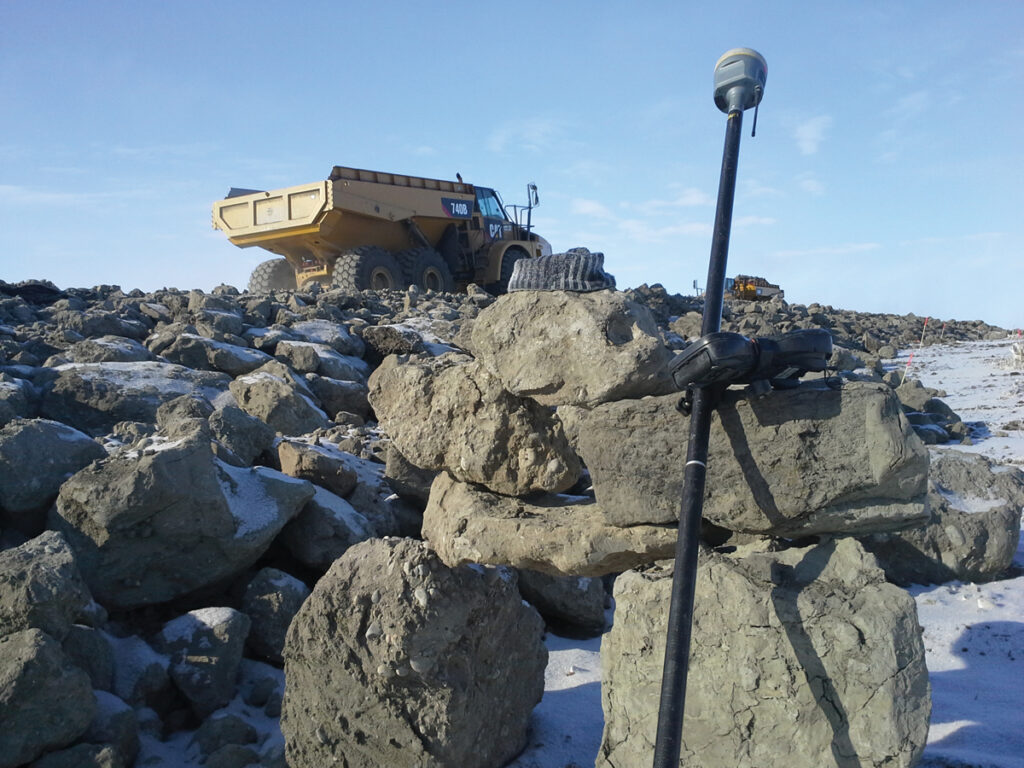Profile: Inukshuk Geomatics Inc.
CANADIAN COUNCIL FOR ABORIGINAL BUSINESS MEMBER PROFILE

Partnerships. Building relationships. Such cooperative ways are key not only to the success of many Indigenous groups in the North, but also businesses operating there.
Serving the Inuvialuit Settlement Region, Inukshuk Geomatics Inc. (Inukshuk) exemplifies why working cooperatively is so important and how it ends up benefitting many people, not just the companies themselves.
This was evident when Inukshuk worked on the 120-kilometre Inuvik-Tuktoyaktuk Highway, recently completed after four years of groundbreaking, state-of-the-art road construction. Inukshuk provided survey and geomatics support, such as the original ground survey for the highway’s design.
Inukshuk’s work included:
Identifying routes to gravel pits and measuring the amount of gravel taken;
Survey support for all aspects of the construction;
Undertaking the largest legal land survey done in 2017 on Canada Lands (it included the three territories, Federal parks, on Aboriginal lands, as well as on and under the surface of Canada’s oceans); and,
The final as-built survey. Even up to a couple of weeks before the official opening of the highway on Nov. 15, 2017, Inukshuk surveyors were establishing the final as-built stakes.
The land over which the Inuvik-Tuk highway traverses is covered with ponds and lakes that caused surveying challenges says Paul Burbidge, Branch Manager in Whitehorse for Inukshuk’s co-owner, Challenger Geomatics Ltd.
“You’re constantly having to curve to avoid those landmarks,” he says. Despite trying not disturb the permafrost, which is needed to support the road – if it melts the ground becomes a mushy bog – in the summer, some of the upper permafrost thaws and heaves naturally, causing the survey control points to shift. These had to be checked and recalibrated each year to keep the alignment true.
“If you encounter a steep hill, you have to wind around that too. You can’t cut into it because that would cause the permafrost to melt. As a result, that highway is really unusual with 240 curves in it. That’s way more than usual for a highway of that length.”
It also meant lots of surveying work. During the highway building project, Inukshuk employed eight people, six of whom were Inuvialuit.
Inukshuk is a joint venture between the Inuvialuit Development Corporation (51 per cent) and Challenger Geomatics Ltd. (49 per cent). Incorporated under the laws of the Northwest Territories, Inukshuk received a permit to Practice Land Surveying from the Association of Canada Lands Surveyors (ACLS) in May of 2001.
Challenger’s relationship with the Inuvialuit goes back to 1984 when its original partners worked in the Beaufort Sea oil and gas industry on Inuvialuit traditional lands. By the mid-1990s, that work waned.
“When things heated up again in 2000, it was natural to join forces with them,” says Burbidge adding that’s the year Inukshuk was formed.
A major focus for Challenger is training and this carries through to Inukshuk’s operations. Since 1998, Challenger has demonstrated a commitment to training an Indigenous and Northern workforce in surveying work. Training initiatives include: on-the-job training with wage subsidies from governments; on-the-job training specific to Indigenous business partners; and custom training packages funded by third parties that are designed and delivered by Challenger.
ACLS recognized Challenger’s Northern and Indigenous training work by presenting the company its 2012 David Thompson Award for ‘Contribution to Society’.
Another Inukshuk strength is its use of experienced surveyors to mentor young workers. Inuvialuit Bryan Thrasher is one such mentor.
“We have leaned on him to mentor younger Inuvialuit people,” says Burbidge. “We’re always trying to build skills in people we hope will continue working with us for a long time into the future.”
Inukshuk plans to continue benefitting the Inuvialuit people through its work with Challenger.
“Our work is suited to the traditional indigenous lifestyle,” says Burbidge. “Working in remote areas, what we call ‘bush work,’ involves being outdoors. Surveyors are adventurous people by nature and they have to have outdoor and interpersonal skills. It’s a good fit for old and young Indigenous people. It’s nice to get out on the land.”

